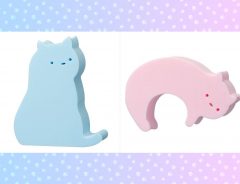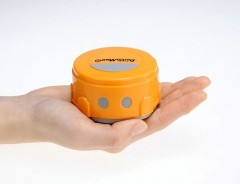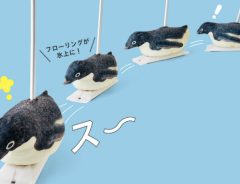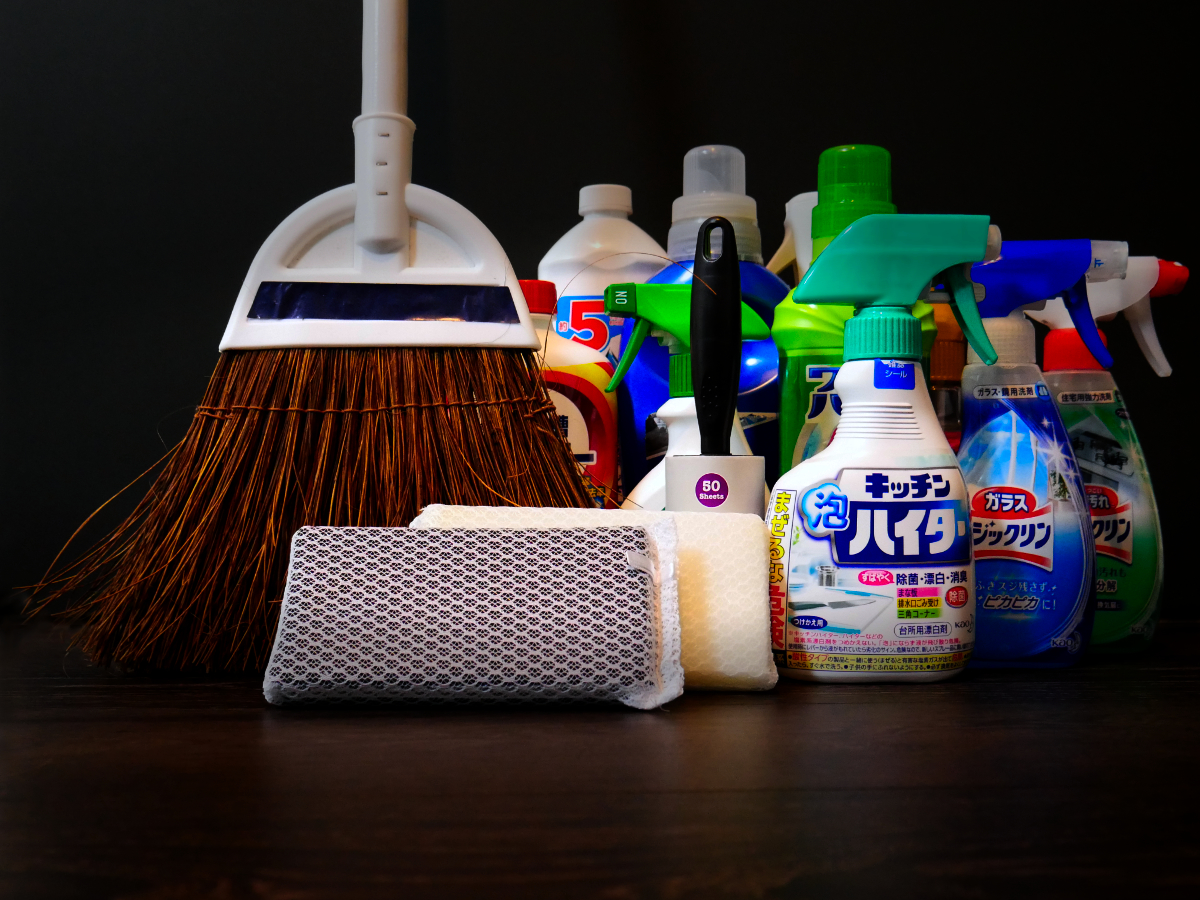Related Article
-

Japanese Stadium Clean Up Manners Contagious At World Cup
-

The easiest way to wash a curry pot is also the most delicious
-

Thirsty cat sponges will prevent water spots and mold; may melt your heart with adorable shapes
-

This Palm-Sized Tiny Robot Cleaner “Swipes” Your Gadgets
-

Mysterious “Superhero” Leads Way As Japanese Fans Clean Up Trash At Women’s World Cup
-

Japanese Penguin Mop Top Covers Are A Cute Cleaning Motivator



Invite the new year into your home with the Ōsōji cleaning ritual
As many countries around the world are busy unwrapping Christmas gifts and keeping that yuletide log burning in the fireplace, Japan is ever at work during December as it prepares for the arrival of the new year with its own set of customs and traditions. One tradition in particular, known as Ōsōji 大掃除, is all about cleaning and it is pretty much guaranteed that all houses, schools and offices around the country are getting stuck right into it as I type.
In the western world, a big annual cleaning event is usually held around the beginning of the year, and is known as “spring cleaning”. But here, in Japan, the tradition is done during the last few days of the year, so as to welcome in the new year with a fresh, clean slate.
Ōsōji normally happens during the last week of December (although it can start much earlier) and consists of cleaning all the places that are perhaps overlooked during regular cleaning, such as, scrubbing the walls, dusting the gaps in between the window frame and the glass and thoroughly tidying and scrubbing the balcony. The most important part of the ritualistic cleaning event is the act of dusting, known as susuharai 煤払い in Japanese. Susuharai is seen as a type of spiritual awakening, as whilst the dust and soot is being removed, people give thanks for the previous year’s blessings and events and wish for a better one in the new year. Susuharai is such an important event, that Shinto priests dedicate a full day to the activity on December 13th of each year, purifying the shrine in the process. The tradition of holding susuharai on the 13th of December has been ongoing ever since the Edogawa period, as it marks the starting of the Oshōgatsu (festival to welcome in the new year) preparations in Japan.
Another important element to Ōsōji is the act of Seiri 整理, which is the Japanese name given to the organizing and decluttering of one’s personal space. The Japanese are known to be tidy people and are great at living in an organised minimalistic home. The popular TV show, Tidying up with Marie Kondo, highlights this very act and is a great example of how Seiri should be done.
History of the big cleaning event in Japan
Ōsōji has been an annual event in Japan ever since the Heian era, when the Imperial palace went through a thorough cleaning in order to remove all the soot and dust of the previous year. The custom was spread to temples and shrines during the Kamakura period and by the time of the Edo era, when most houses had a sunken hearth and fireplace inside, it had been taken up by the common people. Having the hearth inside the house, meant that there was a large accumulation of dust over the past year and people adopted the tradition of Ōsōji on one day towards the end of the year to get rid of the mess.
Aside from a way to clean and tidy the house for both those living there and visitors, the cleaning of Ōsōji is said to symbolise the preparation of welcoming the new year’s deity, Toshigami-Sama into the home. Toshigami-Sama, whose name literally means “Year god” is believed to be the deity of the new year as well as the spirits of ancestors. It is said that he visits the dwellings of everyone during new years eve, when he makes everyone one year older, brings the blessings of the ancestors and guides happiness and luck into the home. In order for Toshigami-Sama to enter the home, Ōsōji must be performed, as well as the putting up of decorations at the doorway known as Kadomatsu, which are considered to be a temporary home for the kami.
Traditionally this event of welcoming Toshigami-Sama 年神様 into the home would happen around the middle of February when the plum trees would begin to blossom, which at the time marked the beginning of Spring. People would rejoice with the arrival of spring during the new year as the season brings new life and also meant that they had survived the previous year safely, and made it into another. Before the Meiji Restoration, when the Gregorian calendar was introduced to Japan, people would count their age at the start of the new year. This ancient tradition evolved into the belief that Toshigami-Sama makes everyone one year older when he visits, and although Japan no longer follows the lunar calendar, the arrival of the god at the new year remains an important event in the country.
Enter the new year with a fresh start in the home
Ōsōji is quite a demanding and time-consuming task, requiring the cleaning of places that are normally overlooked, and so, it is best to prepare for the event in good time. It is ideal to stock up on cleaning supplies and gadgets towards the end of the year, and affordable equipment can be picked up at Daiso or any other 100 yen stores across the country. It is also a good idea to plan ahead for this tradition and set aside a day or two for the important event.
As much as the majority of us shudder at the thought of a whole day or two spent scrubbing and dusting, it is nice to imagine welcoming in the new year with a fresh start and a tidy house.
So why not try out the tradition of Ōsōji this year and enter into the next with an immaculate and sparkling clean home? Not only will you be welcoming Toshigami-Sama in, but you will also have a tidy home to boast about to friends and family when they come to visit.